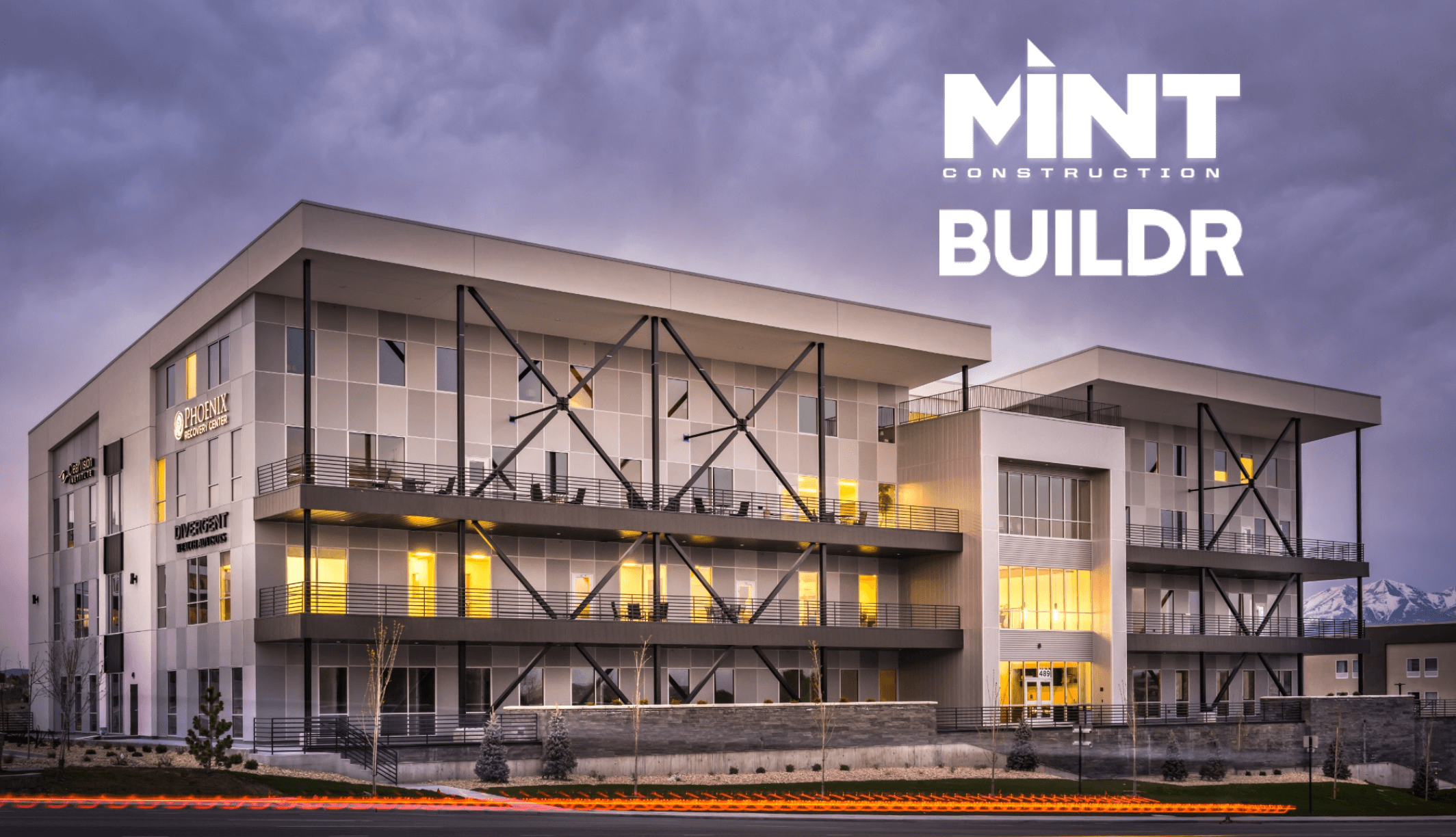
The 4 causes of technology resistance in construction
The reasons for why construction lags behind every other industry are complicated but not hopeless.
March 1, 2023
9 min read
Learnables

Michael Sullivan
Senior Growth Marketer

Even with the construction industry’s recent massive upswing in technology adoption fueled by the pandemic’s abrupt theft of other options—it remains nearly dead last in terms of technology adoption by industry. Insert single tear smiling emoji.
But how is that even possible? Well, it’s due in large part to every other industry adapting on the fly at the same developmental speed (or faster) than construction thanks to the very same pandemic. Ah, nuts. If only construction could have had its own tech-boosting pandemic and nobody else!
You know what? For both of our sakes, let’s cut that deranged hypothetical line of thinking while we’re ahead. But imagine if… no, no. Forget it.
Construction is one of the most manual yet expensive industries still with plenty of room to grow. That, mixed with the labor shortage point to a massive, looming question mark of the pesky issue of scaling. How does construction continue to expand with a meager (and still shrinking) workforce? It’s simple—the scaling nature of technology is a match made in heaven for it.
So if technology is so tailor-made for construction, why isn’t there higher adoption? Let’s get to the bottom of it.
The fragmented nature of the construction industry
The nature of the construction industry is very divided with a ton of moving parts. Every project enlists many companies of all sizes to complete it, most of them operating (as much as they can manage) independently. Projects themselves can be very complex and diverse from one another, prompting a similarly diverse grouping of companies that offer specialized skills and services for building it.
Construction also involves many stakeholders with varying goals and interests. Architects, engineers, general contractors, subcontractors, suppliers, regulatory agencies—all of these competing but collaborative parties, together but separate, make it so that establishing one-size-fits-all best practices, let alone full buy-in for technology adoption, can feel like an exercise of mythical proportion.
Adding on yet another layer of fragmentation, construction is highly geographically dispersed on both a process and localized level. Best practices can be lost in translation between regions, or not even spread at all. This was more the case pre-internet of course, when construction was even less standardized due to a lack of cross-industry communication.
The reliance on traditional processes
This one always makes the construction industry seem a little—for lack of a better word—stubborn. But there’s much more logic in this “why change what’s always worked?” Mindset than construction is given credit for.
In most cases, general contractors quite literally can’t afford an instance of failure in technology adoption. Construction is a train that needs to move ever-forward, and the show must go on. If your adoption evaluation and implementation aren’t airtight and the adoption goes less-than-smoothly, just imagine how hard it’s going to be the next time to convince your team to try a new software.
The lost energy in trying something new and it not working out for whatever reason is an unneeded disruption that costs precious dollars leaves a sour taste in everyone’s mouths. Even if an existing process isn’t as efficient as it could be, it’s still “working,” unlike the app your company tried and hated.
This is a process-issue, not a tech issue. For some strategies in successful tech adoption, be sure to check out our blog on the topic.
Ensure long-lasting repeat business
Profit margins are tight as it is
The other obvious factor for keeping the status quo in construction is that profit margins are tight as it is for GCs. The perceived costs of high-ticket pieces of software make executives’ stomachs churn, especially during an economic downturn when cutting corners in budget is a near-necessity.
“High-ticket” is the recommended move because the more expensive the software is, the better it is at solving the thing it’s built for, at least generally speaking. Settling for less expensive, less optimal pieces of software is inevitable because, quite obviously, you can’t purchase high-ticket tech for every single operation you want to optimize—just the ones that matter most to your firm.
Less optimal tech leads to a potential less-than-ideal adoption, which leads to non-existent or barely-realized ROI, which leads to less enthusiasm to adopt new tech the next go-round. The cycle goes on and on.
The profit margin issue again points to unhealthy internal process. All good technology should exponentially prove its ROI—you wouldn’t adopt a piece of software unless you were giving a dollar to get back two. Adoption processes shouldn’t commence until ROI is proven in the sales process. Does the tech company have existing clients that are similar to you that can speak highly to the product’s success at their firm? Ask your sales rep—they want you to succeed as much as you do.
The relative lack of vertical solutions
There’s always going to be a market for vertical software solutions when horizontal one-size-fits-all solutions aren’t quite up-to-par for a given industry. Construction has many more vertical solutions than it did even 5 years ago, but there is still a lack. We touched on 8 of the best software for construction in the past, many (but not all) of them being vertical solutions for the construction industry.
This topic was hinted at prior, but construction is very complex which leads to building contextually-appropriate technology being similarly complex. Sometimes when horizontal solutions are implemented, it can prompt quite a bit of customization up-front which elongates the implementation process. The horizontal technology, in a manner of speaking, evolves to be vertical—the circle peg becomes a square peg for the square hole—at the cost of the solution being hyper-individualized.
The instance of your (for lack of a better word) jerry-rigged software does not exist anywhere else in the world, hindering the quality of support from the tech company and continued adoption with workforce turnover. Everyone new to your company has to always learn this very different thing that no one else in the industry has ever seen before.

Blog
Like we started off mentioning, construction is coming around to technology slowly but surely. The increasing importance in efficiency, sustainability, and safety in construction projects—as well as the potential for realized ROI on successfully implemented technology—point toward an inevitably bright future where construction and software are singing hand-in-hand in a grassy field.
Before then, we just have some homework to do: the improvement of internal technology evaluation and implementation so that adoption is as much of a science as every other process at a general contractor. The tech-stifling reasons in this blog are simply hurdles, not immovable barriers.
Stay in the loop
Seriously, you should sign up to be a construction insider. Everyone will be so jealous of you.